Business Process Management for Continuous Organizational Improvement and Agility
End-to-End Business Process Management
Allowing businesses to cut costs and increase productivity.
Business Process Architecture
One of the essential foundations of Business Process Management is Business Process Architecture. It is a critical business blueprint that guides decision makers in executing strategy.
Process Modeling For Management
Use industry standard modeling notations such as BPMN, and EPC to represent your organization's business processes with the goal of documenting, analyzing and improving them.
Process Improvement
Drive continuous process improvement to deliver better customer experience, seize market opportunities, increase efficiency and productivity, and rapidly adapt to change.
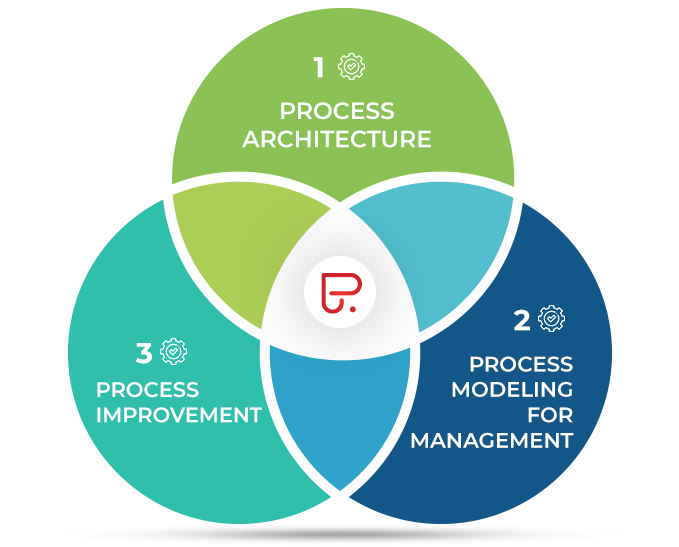
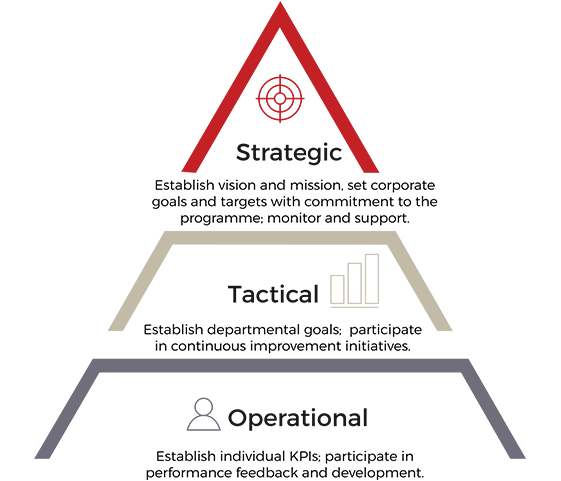
Business Process Architecture
A process architecture is a visual, hierarchical model of the processes of an organization. It is a critical business blueprint that guides decision makers in executing strategy. Usually created to include, initially, the two or three highest levels, the process architecture provides a powerful visualization and management tool. It also captures related resources, documentation, performance measures, measurement methods, and governance arrangements.
Cross-functional business processes are the only way any organization can deliver value to customers and external stakeholders. More than just a picture or a model, the process architecture is a daily aid to strategic and operational management for continuous improvement and delivery of sustainable customer service excellence.
Approach to creating Business Process Architecture
Through a series of workshops and discovery sessions, PolariseMe helps clients create a viable business process architecture by:
- Identifying and understanding the organization’s strategic intent.
- Discovering the organization’s value proposition(s).
- Naming and mapping the highest level (level 0) core process categories.
- Decomposing the level 0 core process categories to level 1 process groups.
- Decomposing the level 1 process groups to level 2 business processes and so on.
- Documenting and decomposing the management and support processes
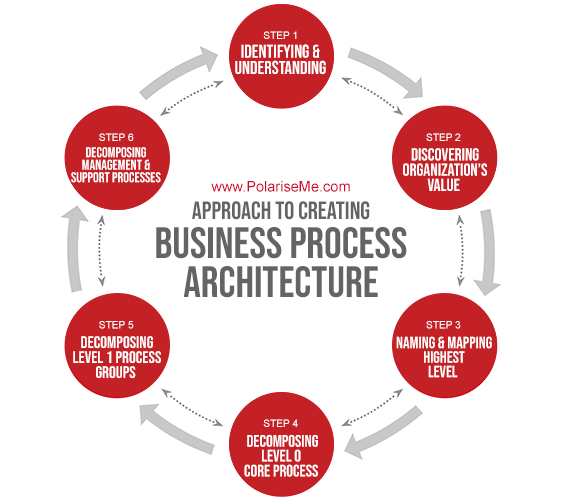
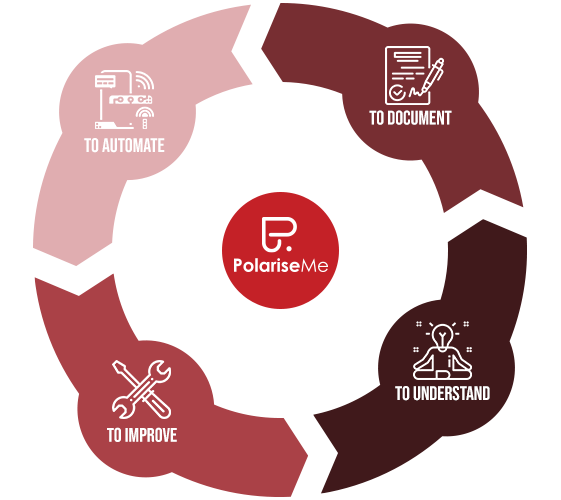
Process Modeling for Management
Process models are catalysts for organizational improvement. Visualisation of your business process by modelling help organisations communicate, understand and reach consensus on their unique business story to enable more informed business decisions. They also prepare your enterprise for future automation and integration efforts.
Why do organisations model their processes?
- To document: describing how a process is meant to work enables consistency, quality and standardization.
- To understand: understanding the detail of how a process works gives insight into what works well and what might be able to work better.
- To improve: discovering ways in which the process might work better is enabled by modelling and testing the possible changes.
- To automate: using the process models as input to automation / execution applications and platforms that improve operational efficiencies as well as drive ongoing business digitization.
Process Improvement
Organizations must always search for new ways to deliver better customer experience, seize market opportunities, increase efficiency and productivity, enhance resource usage, improve quality and rapidly adapt to change. Polariseme helps organizations drive continuous process improvement that enables businesses to achieve their goals.
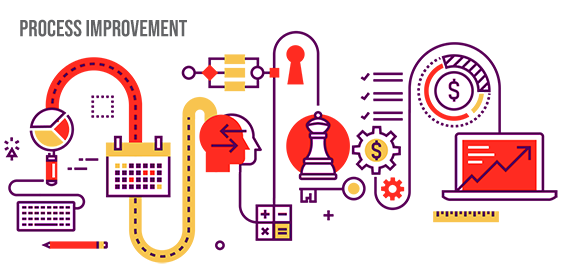
We can help!, Get in touch with PolariseMe.

